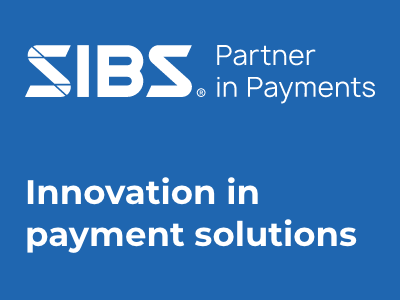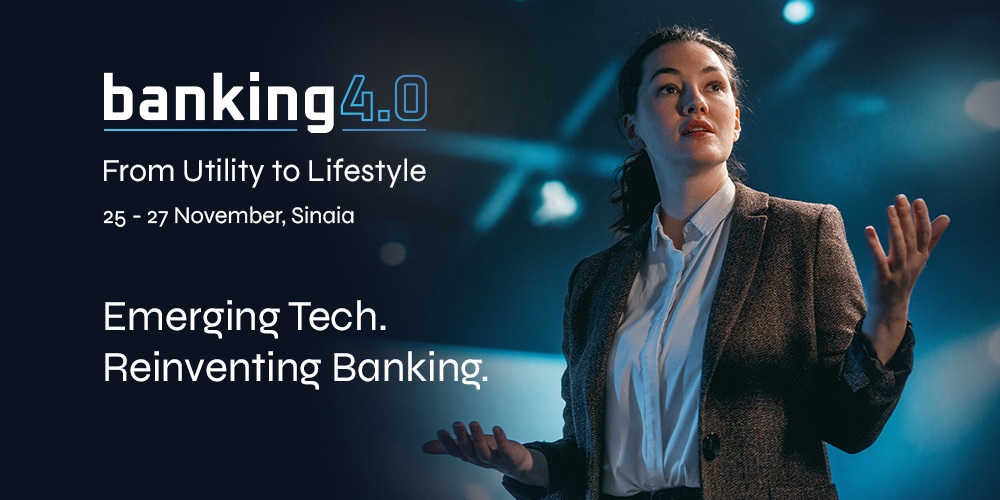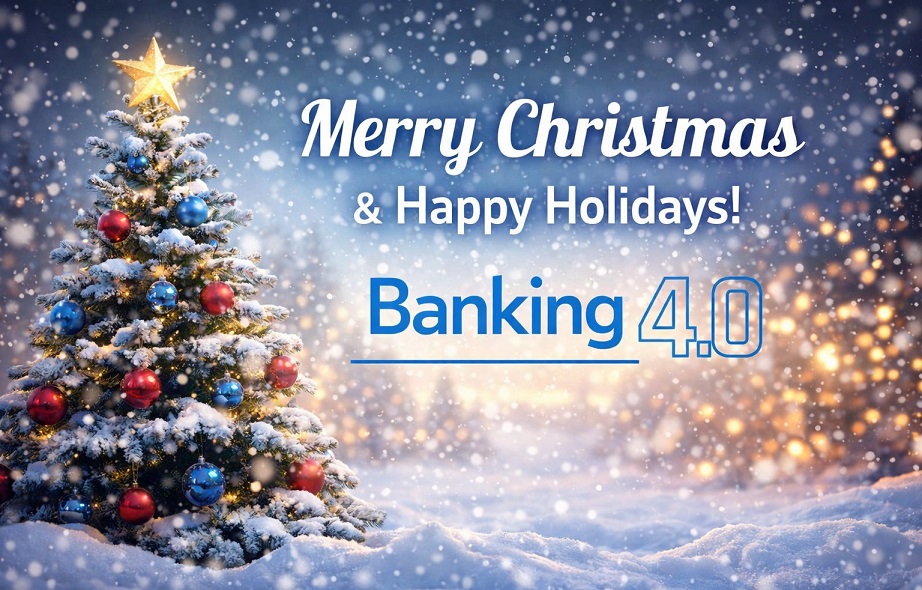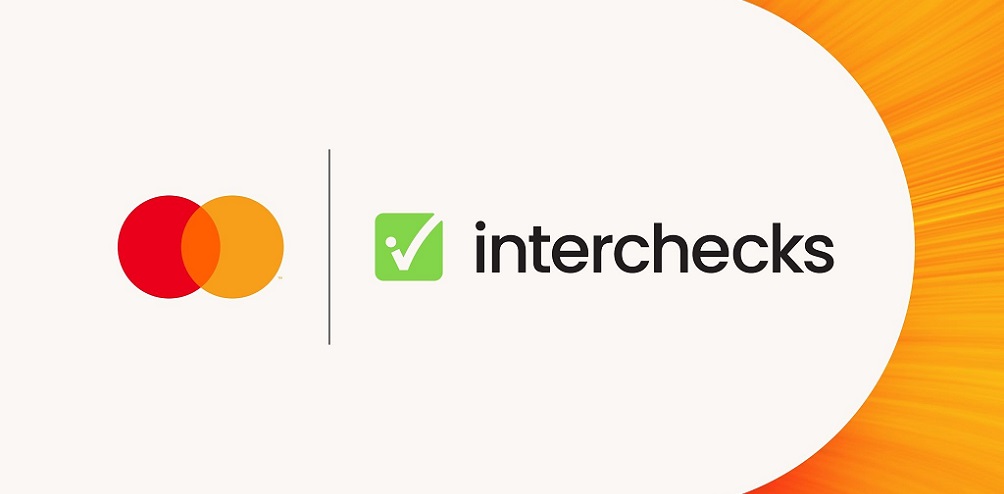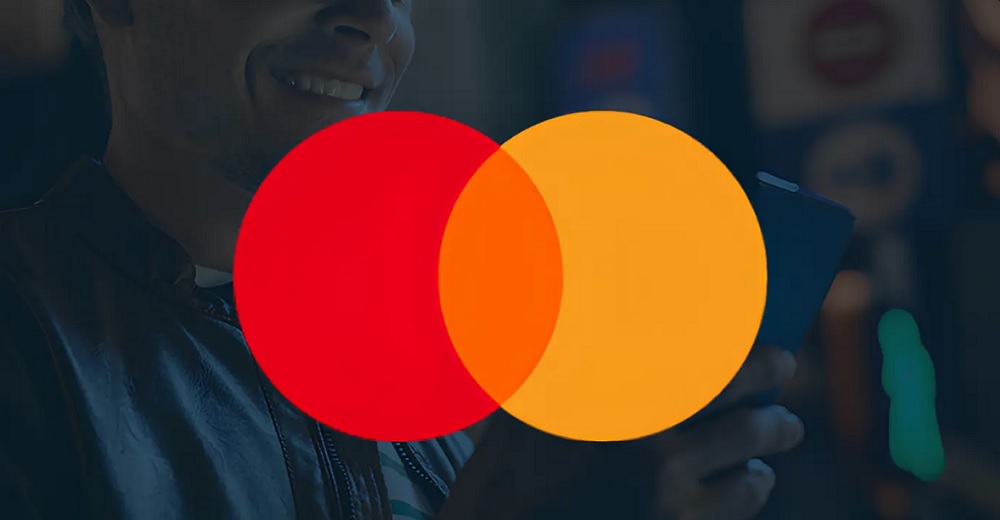Consumers say ‘Open Banking’ is scary, confusing and awesome

an article written by Steve Cocheo, Executive Editor at The Financial Brand
People don’t know what „open banking” is and those that do don’t like the concept. Financial institutions shouldn’t use the nebulous term in customer communications because it has strong negative connotations, even if consumers actually love the outcomes and what it does.
Consumers sometimes think one way but act in quite another. Often that’s because they simply don’t understand the business jargon that should never have made it into the public’s consciousness in the first place.
“Open banking” is a perfect example. People have no clue what it means, and frequently assume it can’t be good since banking is supposed to be safe and secure, not open.
Yet there are many examples that demonstrate how in reality people love “open banking,” they just don’t know it. Here are few of them:
When a Snapchat subscriber points the app’s camera at an item, such as a pair of sneakers that a friend is wearing, there’s a feature that will search out that item on Amazon. If the Snapchat user likes the item and is willing to pay the price, in a moment more they’ve approved payment and the goods will be on their way.
When consumers use YNAB — You Need A Budget, a popular budgeting program — the software infills many categories from information drawn, with permission, from their financial institution accounts via the Plaid service.
During the pandemic, according to global research by Mambu, 50% of people responding said they already used or started to use two or more finance apps, and only 18.5% reported not using any financial apps. Nearly 20% are using five or more financial services apps.
A key commonality among these three examples is that making them work requires application programming interfaces, or APIs. And making those work requires open banking — or, as is beginning to be used, “open finance,” due to the broadening use of this technology.
A confusing disconnect: Mambu’s survey indicates that 80% of respondents like what open banking does for them, but they are actually opposed to the concept.
Some statistics to consider from the research:
. 60% of respondents say they don’t like open banking.
. 61% claim they don’t use open banking, even though less than one in five don’t currently use financial apps.
. 57% worry about sharing financial data, though many are doing so routinely and without direct involvement.
. 52% of global respondents say they haven’t heard of “open banking.”
The study cites a study by Juniper Research that indicates that open banking users worldwide more than doubled from 18 million in 2019 to 40 million in early 2021.
In spite of the widespread usage, “customers still don’t get the term ‘open banking’,” the study report states. “Why is there this disconnect between customers saying they don’t like it, but in fact embracing what it does for them? And if this disconnect would be resolved, what difference would it make?”
Talking more intelligently about Open Banking
Rich Longo, Mambu’s General Manager of North America and Head of Strategic, thinks terminology is the biggest problem in consumers’ distrust of something they are often already using.
“The key element of open banking is the APIs that provide connectivity between accounts,” says Longo. “It’s about being easily connected to data to push it to whatever channel is necessary or to have it flow into a lifecycle.” The types of services many Americans want their financial institutions and their apps to provide them hinge completely on such connectivity.
Longo points out in an interview with The Financial Brand that the somewhat foreboding term “open banking” originated in the European Union, where the concept was introduced by regulators and essentially imposed on banking institutions who hadn’t felt any need to offer connectivity to external players.
In the U.S. and some other countries, by contrast, open banking hasn’t been brought on by government order or even an influential policy preference. Instead, open banking’s arrival has been gradual and more a matter of evolution in the market. Industry groups and government agencies have explored the sharing of data, but while these efforts continue, the market keeps advancing.
Longo thinks ongoing generational change will drive a broad change of heart among consumers about the conscious acceptance of open banking. He says that younger consumers already are more accepting of data sharing than their parents, and that as more wealth passes into their hands, resistance will flag.
What Open Banking evolution may look like
Longo thinks the pending Google Plex project, which will link a pilot group of large and small banks and credit unions with an upgraded Google Wallet, could be the shape of deals to come. While Citibank, one the largest banks in the country, is the top player in the Google Plex group, Longo points out that community banks are already part of this experiment. (dig deeper)
The use of in-app and social media buying and financing will drive still more open banking connectivity, and Longo thinks that community banking institutions will band together into consortia to strike better deals.
He also thinks connectivity will be broadened by bringing banks that offer banking as a service into the fold of projects like Google Plex. Their presence within such platforms will bring still more scale to potential banking-fintech-big tech deals.
Dariusz Mazurkiewicz – CEO at BLIK Polish Payment Standard
Banking 4.0 – „how was the experience for you”
„To be honest I think that Sinaia, your conference, is much better then Davos.”
Many more interesting quotes in the video below:
